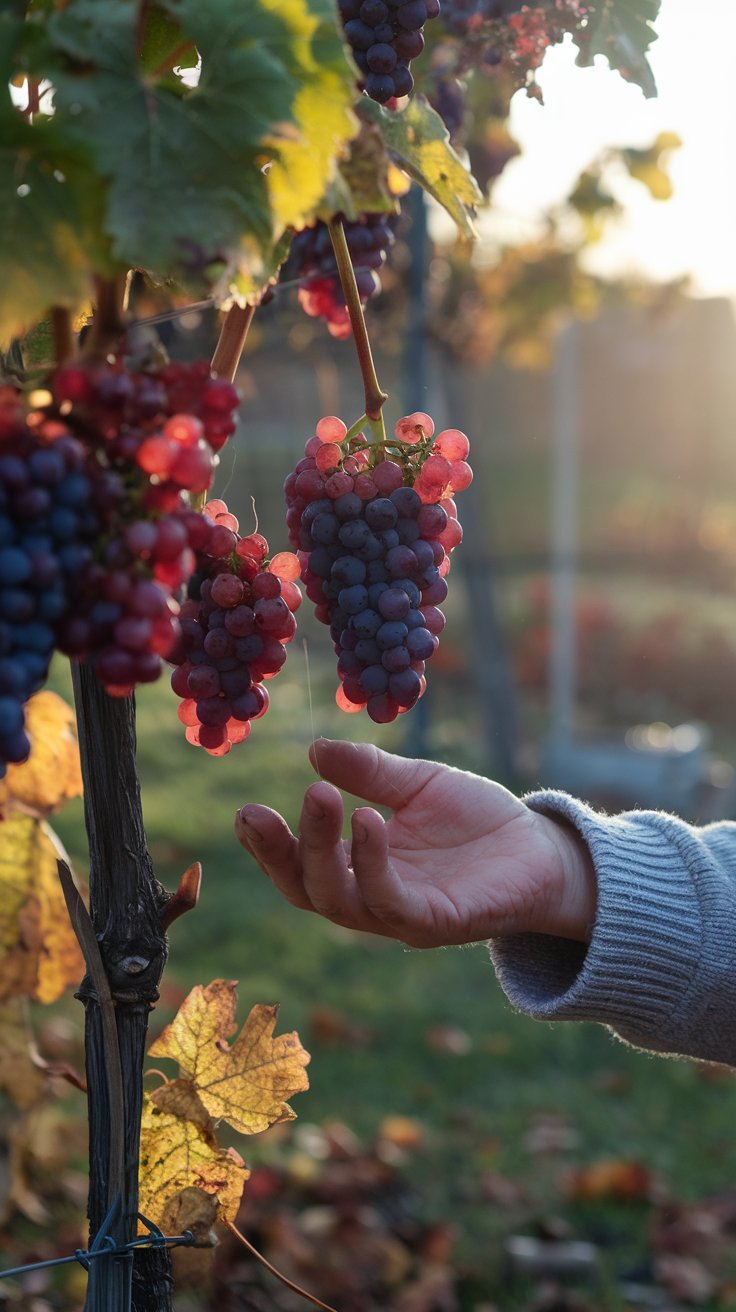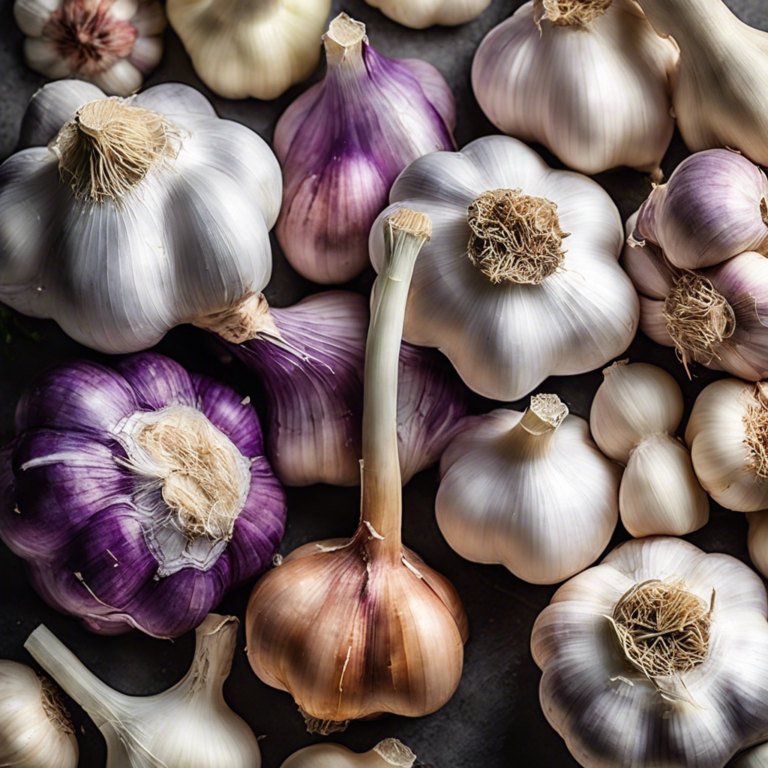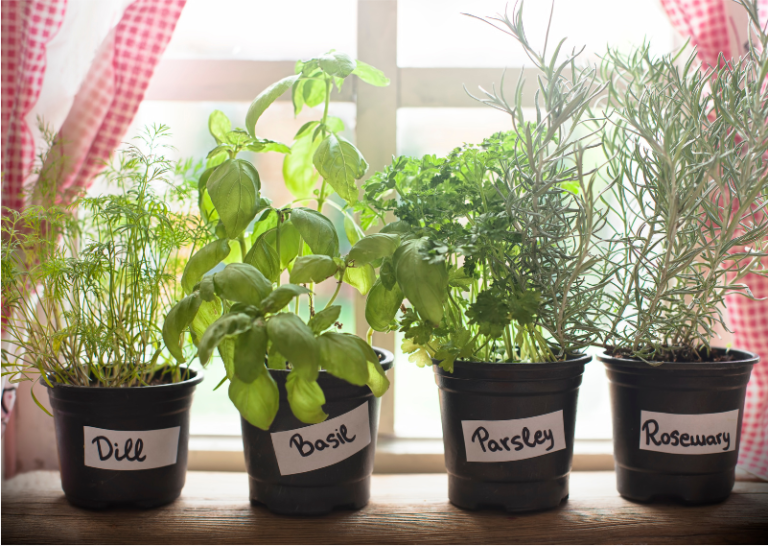

How to grow the Dirty Dozen at home? That question first took root in my mind when we had kids. Suddenly, I was paying more attention to what we ate, scanning labels, and hearing all about pesticides lurking in our produce. And the shocker? The fruits and vegetables that are supposed to be the healthiest—packed with vitamins, fiber, and antioxidants—are also the ones most contaminated with chemicals. That didn’t sit right with me. So, we started growing our own.
If you’ve read my last post on The Dirty Dozen, you already know that some of the most popular fruits and vegetables top the list for pesticide residue. The good news? You don’t have to rely on store-bought versions. With a little planning and a few organic gardening techniques, you can grow your own—chemical-free, fresh, and bursting with flavor. And before you worry that this means endless weeding and backbreaking labor, let me assure you: it’s easier than you think.
In this post, we’ll take a quick look at how to grow the Dirty Dozen in your own garden, from strawberries to spinach. I’ll walk you through what each crop needs to thrive—so you can swap store-bought for homegrown. And if you’re ready to dive deeper? Stay tuned! I’ll be sharing detailed guides for each crop soon.
Let’s get planting!
Why Grow the Dirty Dozen at Home?
There’s something deeply satisfying about stepping outside and harvesting your own fresh produce—especially when you know it’s free from synthetic pesticides and questionable chemicals. Growing the Dirty Dozen at home isn’t just about avoiding harmful residues; it’s about taking back control over what goes on your plate. With simple organic methods like companion planting, homemade compost, and natural pest deterrents (hello, ladybugs and neem oil!), you can cultivate a thriving garden without reaching for chemical sprays.
Not to mention, growing your own can save you a small fortune. Organic strawberries and peppers aren’t exactly budget-friendly, but a few plants in your garden can produce an abundant harvest for a fraction of the cost. Plus, there’s no comparison when it comes to flavor—homegrown tomatoes taste like actual sunshine, not watery supermarket imitations.
Beyond the personal perks, home gardening is a win for the planet. Less reliance on industrial farming means fewer food miles, less packaging waste, and a more sustainable way to enjoy your favorite fruits and veggies. And if you’ve got kids, this is the perfect way to get them excited about real food. Let them plant, water, and harvest—trust me, they’ll be begging for fresh snacks straight from the garden.
📖 Book Suggestion: Organic Gardening: The natural no-dig way by Charles Dowding – A must-have for home growers, packed with practical tips on organic methods, raised beds, and maximizing yields.
Getting Started: What You’ll Need
Before you dive into planting, let’s make sure you have the essentials covered. Whether you’ve got a sprawling backyard, a cozy balcony, or just a few sunny windowsills, you can still grow your own Dirty Dozen crops with the right setup.
Space & Sunlight
Not everyone has a large garden, but that doesn’t mean you can’t grow your own food. Strawberries, peppers, and cherry tomatoes thrive in containers—just find a sunny spot on a patio, balcony, or even a windowsill. If you have a backyard, raised beds can help improve drainage and keep weeds at bay. Most Dirty Dozen crops need at least 6–8 hours of sunlight daily, so take note of your sunniest spots before planting.
Best Soil Mix for Organic Gardening
Good soil is the foundation of a thriving garden. If you’re growing in the ground, enrich your soil with compost, worm castings, and organic matter to boost nutrients. For containers, a high-quality organic potting mix with added perlite or coconut coir will keep plants happy. Avoid synthetic fertilizers—homemade compost or this organic fish emulsion fertilizer is a much better way to nourish your crops naturally.
📖 Want to dive deeper into soil health? Teaming with Microbes by Jeff Lowenfels is an excellent read on building rich, living soil for a thriving garden.
Choosing Organic Seeds & Seedlings
Not all seeds are created equal. If you want chemical-free produce from the start, opt for certified organic, heirloom, or non-GMO seeds. Many conventional seedlings sold in garden centers have already been treated with pesticides, so if you’re buying transplants, look for organic labels.
Watering & Irrigation Tips
Too much or too little water can spell disaster for your crops. Most of the Dirty Dozen need consistent moisture, especially lettuce, peppers, and strawberries. Instead of drenching plants randomly, use a soaker hose or drip irrigation to water deeply and efficiently. If you’re container gardening, self-watering pots can help keep soil evenly moist without daily watering.
Essential Gardening Tools
Having the right tools makes gardening easier and more enjoyable. Here are a few must-haves for growing the Dirty Dozen:
- Hand trowel – Perfect for transplanting and digging small holes. This ergonomic trowel is a great choice.
- Pruning shears – Essential for harvesting and maintaining healthy plants. I recommend these durable shears.
- Garden gloves – Keeps hands protected when working in the soil. These breathable, waterproof gloves are great for all seasons.
- Watering can or hose – Choose one with a gentle spray nozzle for delicate crops.
- Compost bin – A great way to turn kitchen scraps into nutrient-rich compost. If you don’t have space for a full bin, this compact countertop composter is a handy alternative.
the Dirty Dozen Crops to Grow & Their Companion Plants
1. Strawberries 🍓
- Soil: Well-draining, rich in organic matter.
- Sun: Full sun (6+ hours daily).
- Water: Keep soil consistently moist but not soggy.
- Planting Time: Early spring or autumn, depending on climate.
- Best Companions: Basil, marigolds, borage, thyme (repels pests, attracts pollinators).
- Check out the full guide: From Garden to Bowl: Growing Organic Strawberries Made Easy

2. Spinach 🥬
- Soil: Nitrogen-rich, well-drained but moisture-retentive.
- Sun: Full sun to partial shade.
- Water: Regular, even watering to prevent bolting.
- Planting Time: Early spring and fall; avoid summer heat.
- Best Companions: Radishes, nasturtiums, chives, beans (shade, pest control, nitrogen-fixing).
- Check out the full guide: Spinach Growing Guide: The Easy Way to Lush, Homegrown Greens!
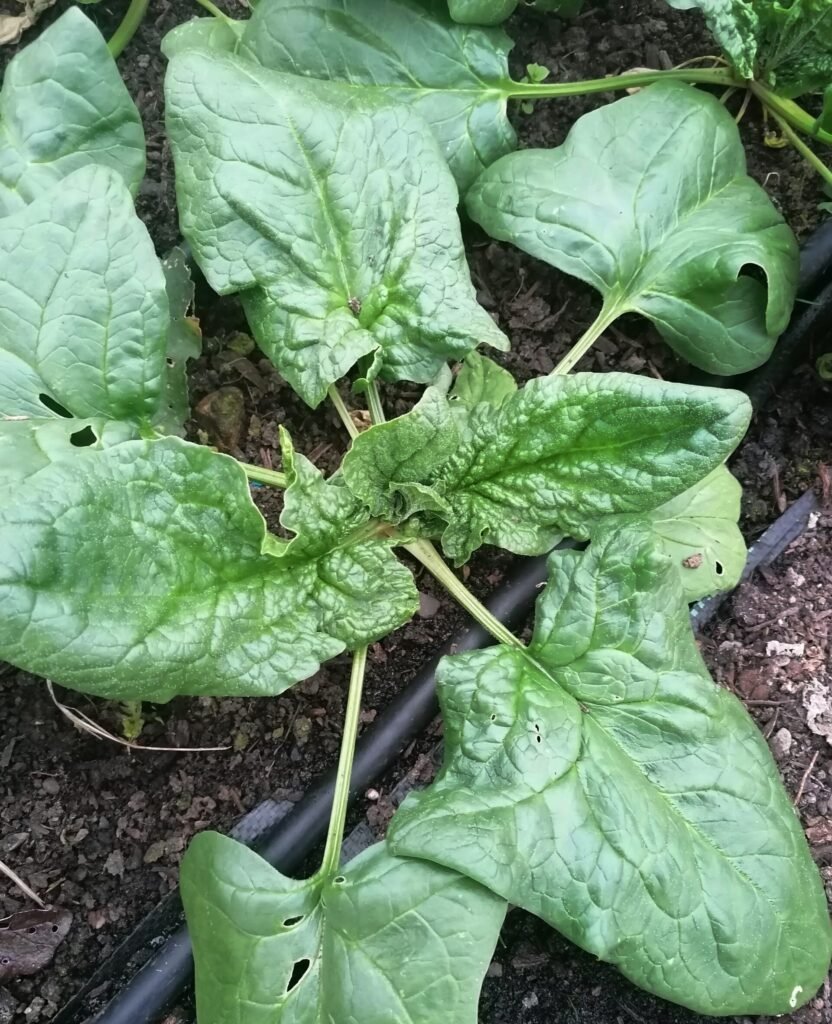
3. Kale 🥗
- Soil: Loamy, nutrient-dense, well-drained.
- Sun: Full sun preferred, but tolerates partial shade.
- Water: Keep soil consistently moist but not waterlogged.
- Planting Time: Early spring or late summer for a fall crop.
- Best Companions: Garlic, onions, rosemary, calendula (deters cabbage worms & aphids).
- Check out the full guide: Growing Kale Year-Round Made Easy: Tips for Every Climate
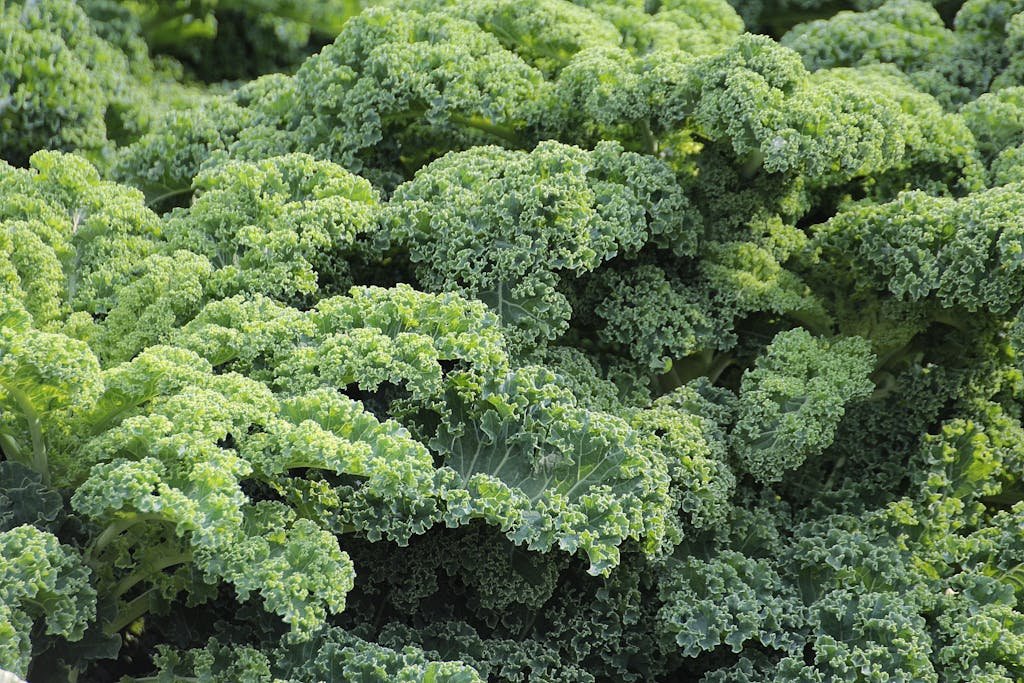
4. Bell Peppers 🫑
- Soil: Rich, well-draining, slightly acidic to neutral.
- Sun: Full sun (6–8 hours daily).
- Water: Deep watering; avoid water stress to prevent bitterness.
- Planting Time: Start seeds indoors 8–10 weeks before last frost, transplant in late spring.
- Best Companions: Basil, oregano, marigolds, carrots (enhances growth, repels aphids).
- Have a look at the full guide: How to Grow Bell Peppers from Seeds: A Step-by-Step Guide

5. Apples
- Soil: Loamy, well-draining with good organic content.
- Sun: Full sun (6+ hours daily).
- Water: Deep watering weekly; ensure soil doesn’t dry out in summer.
- Planting Time: Late winter to early spring, when dormant.
- Best Companions: Lavender, garlic, comfrey, nasturtiums (repels pests, boosts soil health).
- For the full guide read: How to Grow Apple Trees: The Ultimate Beginner’s Guide

6. Grapes
- Soil: Well-draining, slightly acidic to neutral.
- Sun: Full sun (7–8 hours daily).
- Water: Regular deep watering in dry periods.
- Planting Time: Early spring while dormant.
- Best Companions: Rosemary, oregano, clover, marigolds (improves soil, deters pests).
- Check out this post for full guide: How to Grow Grapes in Cold Climates — Even When Winters Are Harsh!
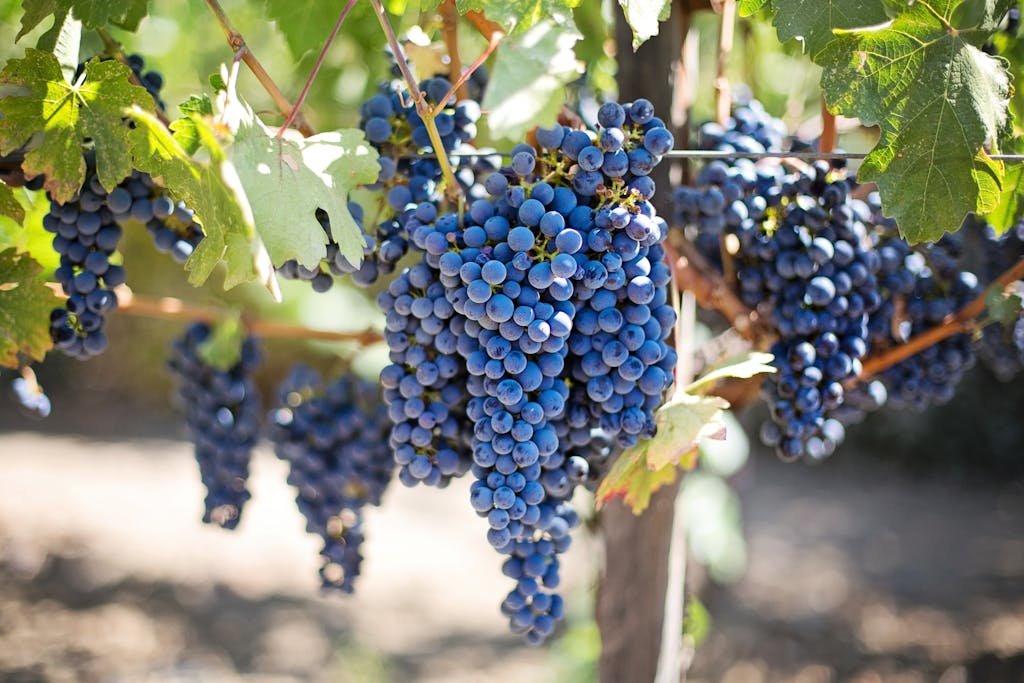
7. Peaches
- Soil: Sandy, loamy, well-draining.
- Sun: Full sun (6+ hours daily).
- Water: Deep watering weekly, more during fruiting.
- Planting Time: Late winter or early spring.
- Best Companions: Chives, garlic, nasturtiums, comfrey (reduces fungal diseases & pests).
8. Pears
- Soil: Well-draining loam, rich in organic matter.
- Sun: Full sun (6+ hours daily).
- Water: Weekly deep watering, especially in dry spells.
- Planting Time: Late winter to early spring.
- Best Companions: Chives, fennel, lavender, clover (attracts pollinators, deters aphids).
9. Cherries
- Soil: Rich, well-draining, slightly acidic.
- Sun: Full sun (6–8 hours daily).
- Water: Deep watering once a week.
- Planting Time: Late fall or early spring.
- Best Companions: Marigolds, yarrow, borage, chives (improves fruiting, repels pests).
10. blueberries
- Soil: Acidic (pH 4.5-5.5), well-draining, rich in organic matter
- Sun: Full sun (at least 6-8 hours per day)
- Water: Consistently moist but not soggy; mulch helps retain moisture
- When to Plant: Plant bare-root or potted bushes in early spring or fall
- Companion Plants: Azaleas (similar soil needs), thyme (ground cover), clover (fixes nitrogen)
- Have a look at the full guide: How to Grow Blueberries the Right Way: A Foolproof Guide to Lush Berries
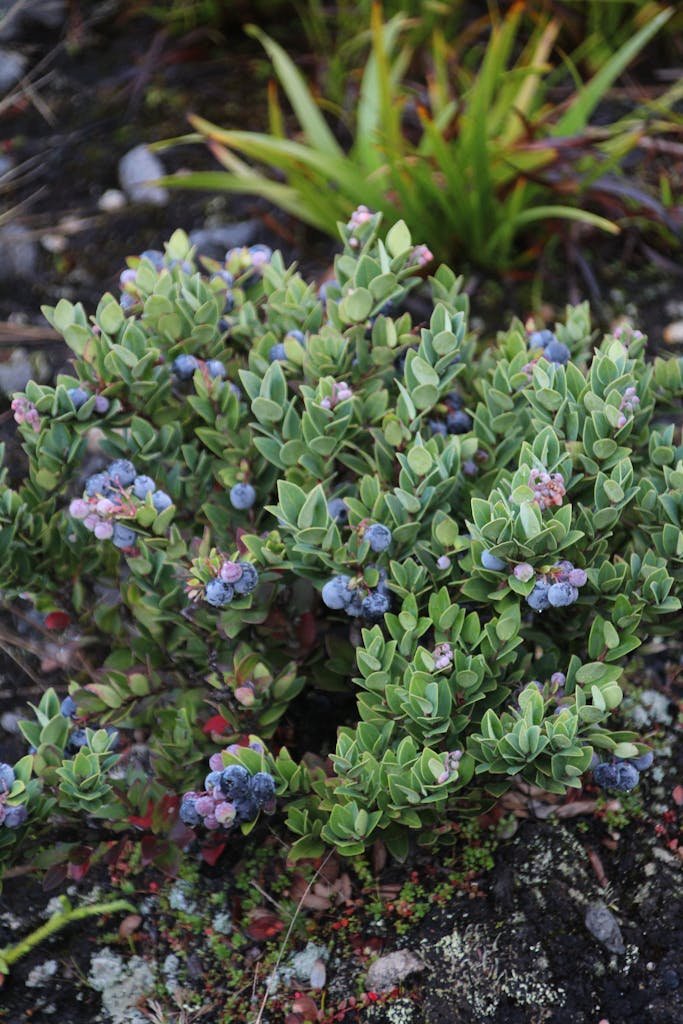
11. green beans
- Soil: Well-draining, loamy, rich in organic matter
- Sun: Full sun (6+ hours per day)
- Water: Moderate watering; keep soil evenly moist but avoid overwatering
- When to Plant: Direct sow in late spring after the last frost; warm soil (above 60°F/15°C) needed
- Companion Plants: Marigolds (pest control), corn (natural trellis for pole beans), nasturtiums (repel aphids)
12. nectarines
- Soil: Well-draining, sandy or loamy, nutrient-rich
- Sun: Full sun (8+ hours per day)
- Water: Deep watering once a week, more in hot weather
- When to Plant: Plant in early spring or fall when dormant
- Companion Plants: Lavender (attracts pollinators), comfrey (improves soil), garlic (repels pests)
Organic Pest Control & Natural Fertilizers
Nothing quite tests a gardener’s patience like an army of aphids treating your kale like an all-you-can-eat buffet. Or the moment you realize your tomato plants have become a slug’s midnight snack. But before you reach for chemical sprays, nature has its own arsenal of organic pest control and soil-loving tricks that keep your garden thriving without harming beneficial insects or the earth.
Neem oil is a gardener’s best friend, stopping sap-sucking pests in their tracks while being gentle on pollinators. Diatomaceous earth, a fine powder made from fossilized algae, is another secret weapon—harmless to humans but like walking on broken glass for soft-bodied insects. But why battle pests alone when you can recruit allies? Companion planting turns your garden into a well-defended ecosystem, where marigolds repel nematodes, basil keeps mosquitoes at bay, and nasturtiums lure aphids away from your veggies.
Keeping your soil healthy is just as crucial as keeping pests away. Crop rotation prevents soil depletion and keeps diseases guessing—no more setting up a buffet for pathogens that love monocultures. Meanwhile, homemade compost and organic fertilizers give your plants a nutrient boost, making them strong enough to resist pests and diseases naturally. A good layer of mulch? It’s the garden equivalent of a cozy blanket, locking in moisture and keeping weeds (and some pests) under control.
For those looking to deepen their knowledge, The Organic Gardener’s Handbook of Natural Pest and Disease Control is a must-read. It’s like having a seasoned gardening mentor at your fingertips, packed with tried-and-true wisdom on preventing and tackling pests without resorting to chemicals. Because a thriving, chemical-free garden isn’t just good for your plants—it’s good for you, the soil, and the buzzing, crawling world around you.
Harvesting & Storing Your Homegrown Produce
There’s nothing quite like the satisfaction of plucking a sun-warmed tomato straight from the vine or pulling up a carrot so fresh it still wears a little coat of soil. But knowing when to harvest is just as important as growing the plant itself. Pick too early, and you miss out on peak flavor; wait too long, and you might end up with a zucchini the size of a baseball bat. Tomatoes should be slightly firm with a deep, rich color, while leafy greens are best harvested in the morning when they’re crisp and full of moisture. Root vegetables? Give them a gentle tug—if they resist, they need more time.
Once you’ve gathered your garden’s bounty, storing it properly ensures you can enjoy homegrown goodness long after the growing season ends. Freezing is perfect for berries, herbs, and even zucchini (grate it first for easy baking). Drying works wonders for tomatoes, apples, and herbs—hang bundles of rosemary or thyme in a warm, airy spot, and your future stews will thank you. Canning might seem like an old-fashioned art, but there’s nothing outdated about cracking open a jar of homemade tomato sauce in the dead of winter. Fermenting is another overlooked gem—think crunchy homemade sauerkraut or probiotic-rich pickles straight from your garden.
And if you find yourself with more produce than you can handle, why not share the abundance? A basket of extra cucumbers or apples can brighten a neighbor’s day, and local food banks are often thrilled to receive fresh produce. Farmers’ markets and community swaps are great ways to trade your excess for something new. After all, a garden’s real magic isn’t just in what it grows—it’s in how it brings people together, one harvest at a time.
Take Control of Your Food & Start Growing!
A thriving, homegrown harvest isn’t just about planting seeds—it’s about nurturing them from sprout to supper, savoring the flavors of each season, and finding creative ways to make that abundance last.
Whether you’re harvesting at peak ripeness, preserving summer’s sweetness for winter meals, or sharing your bounty with friends and neighbors, every step deepens your connection to the land and the food on your plate. And the best part? You don’t need sprawling fields to reap these rewards. Even the smallest spaces—a sunny balcony, a few raised beds, or a collection of pots—can become a flourishing garden. In the next part of this series, we’ll dive into how to grow an abundance in small spaces, turning patios, balconies, and tiny yards into lush, productive havens.




